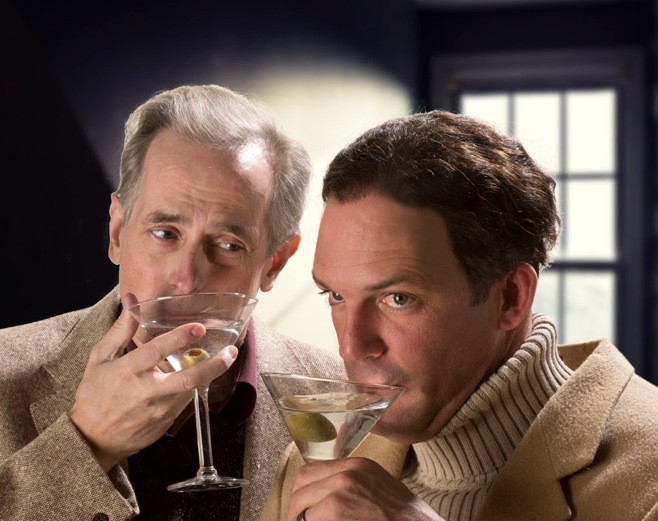"What scenarios have I absorbed from the media or books {...} that have led me to assume that poverty and misfortune will always bring out the worst in people?"
-Julia Alvarez
The first in my series of literary connections goes all the way back to the beginning of my 100 book goal in 2012.
I frankly have no clue why I added Create Dangerously, by the wonderful Haitian author Edwidge Danticat, to my reading list, but it was one of the first things I read towards my 100 book goal. Perhaps it was my subconscious fantasies of becoming a painter, or my fascination with the way third world countries are presented in literature - either way, it wasn't what I expected when I read it.
Danticat was born in Haiti and moved to the US when she was 12. Her work spans a wide range of subjects and genres - you can find essays, non-fiction, fiction, and all sorts of different things.
Create Dangerously is much more than a memoir or essay collection or a treatise on art. It includes many details of Haiti's dynamic history, the conditions in which Haitian citizens exist - in short, an educational, art focused, real life phoenix from the ashes tale. The most powerful passages tend to be those in which Danticat describes her family and experiences, but the entire book inspired me with its richness, especially because I am so poorly educated about Haitian culture and history. After finishing, I added more books about Haiti and the Caribbean region to my list and moved on.

A few months later, I read
The Brief Wondrous Life of Oscar Wao, which was the book I passed out for World Book Day (which just celebrated again last week!). I had never read Junot Diaz before, and while I must admit that the book itself was not my cup of tea, it did present a style of contemporary writing that I was totally unfamiliar with, and also managed to sneakily impart a thorough overview of mid-20th century history in the Dominican Republic (DR) (read your footnotes, kids!). Again, I knew very little of the DR and particularly Trujillo. Trujillo's regime has popped up since in multiple texts and films I've watched, and I can definitely trace my knowledge of him to Diaz.
----------------------
Over a year later, I am in the process of reading A Wedding in Haiti by Julia Alvarez. A Wedding in Haiti is the perfect (if unexpected) bridge between Danticat and Diaz, and it inspired me so much that I decided to begin a literary connections series on Compendium.
I added this to my list months ago (likely after reading Danticat), and had forgotten about it until I decided to read something that could make me feel like I was not participating in Minnesnowta's second winter this year.
A Wedding in Haiti is technically a memoir (somewhat like Create Dangerously), but it has the same kind of tangential Carribean history presented in The Brief Wondrous Life of Oscar Wao. Alvarez is of DR descent and married to an American citizen. The Alvarez's have a coffee farm in the DR which happens to have several Haitian employees, one of whom is Piti. Early on, Alvarez promises Piti she will attend his wedding, and later has to fulfill her promise.
The rest of the book details her passage to, through, and from Haiti (twice) as she transports Piti and his family. This book puts into stark relief what scholars of Carribean history already know; that the DR and Haiti, although different, are thoroughly unable to be extricated from each other. What happens in Haiti happens again, in a different way, in the DR, and any solution to either's problems must occur in tandem.
The book picks up a lot towards the end, and I appreciated Alvarez's emphasis on the problems with first world solutions to third world problems. How much can one person even accomplish in the face of such staggering problems? Do we get to decide what kind of help is more beneficial to the citizens of Haiti (and similarly situated nations)? Or should we ask them? What if we disagree? How much should we sacrifice?
My friends and I have often discussed the disconnect between being a wealthy Western citizen who wants to help others and the real needs of people around the world who receive Western aid. Reading a book like A Wedding in Haiti throws that disconnect into immediate focus. One can't help reading books about Haiti, or places like it, without wanting to help 'improve' it somehow. We want Haitains to cure/prevent malaria, have driveable roads, available food at any time, both for our sake and theirs. But how can anyone accomplish this? And is it our job? Where is our line drawn?
"We should be held accountable for our fears, be forced to journey to the hearts of darkness of our own imaginings. We might find ourselves surprised, uttering not 'The Horror! The Horror!' with Joseph Conrad, but 'The Beauty! The Beauty!' with Junot Diaz." -Julia Alvarez
Alvarez, Danticat and Diaz all choose to bluntly describe devastating situations in the third world both past and present - poverty, illness, lack of infrastructure, sexual abuse, political persecution - and portray it as beauty through a lense of hope and joy and goodness. I can't think of any other part of the world in similar straights that I've seen described so hopefully. It's a testament to each of them (and perhaps an indictment of ourselves) that they are able to focus on the good and find ways to leverage it into better futures. I'd love to see more of this perspective, of finding the 'ugly pretty' in bad situations and building it into 'beautiful'. It's a testament to the people of Haiti and the DR that their indomitable spirits have made such impressions on us, and I hope we can do that spirit justice.







